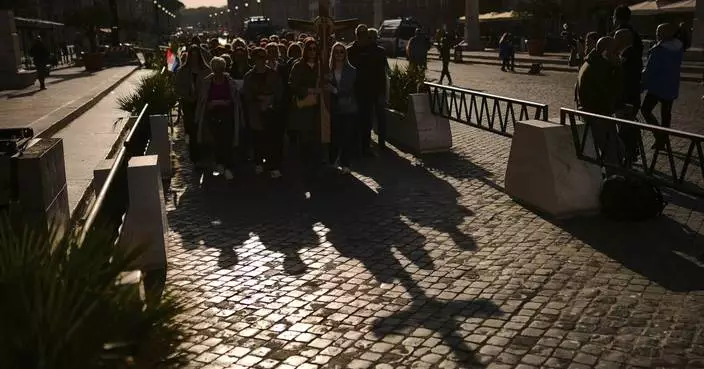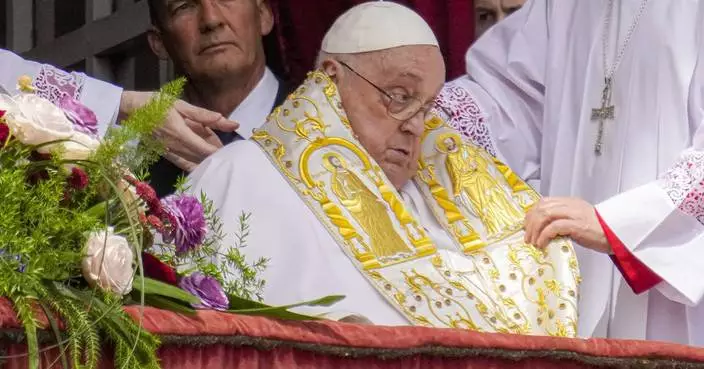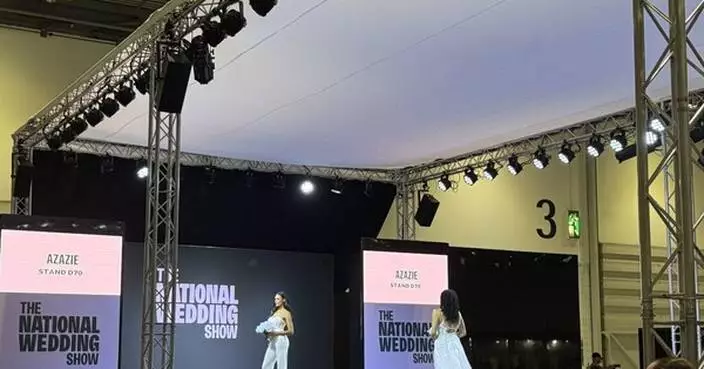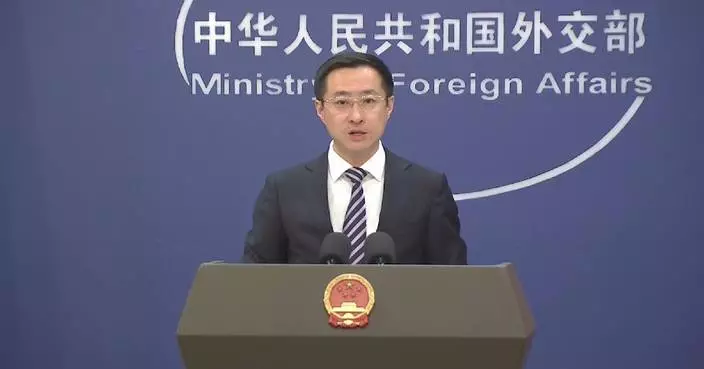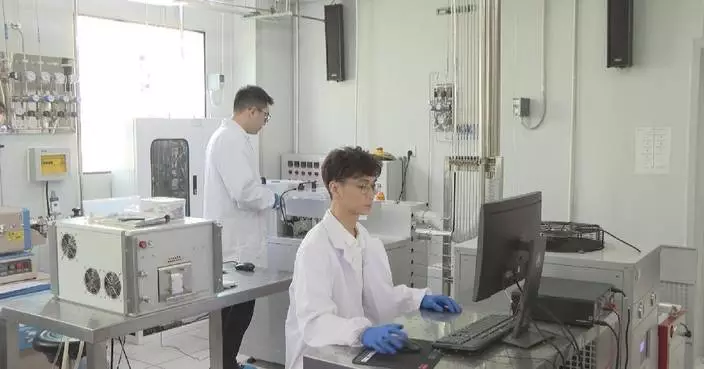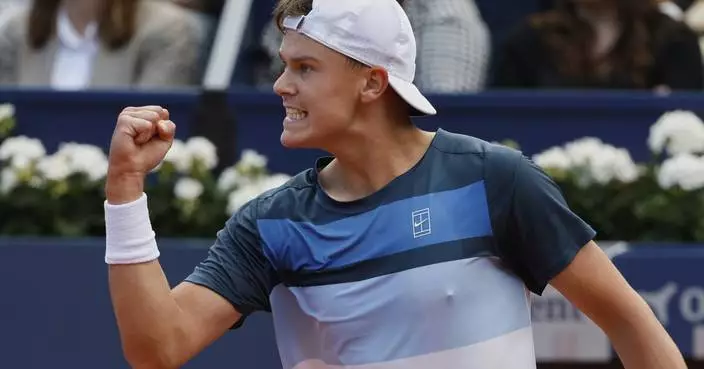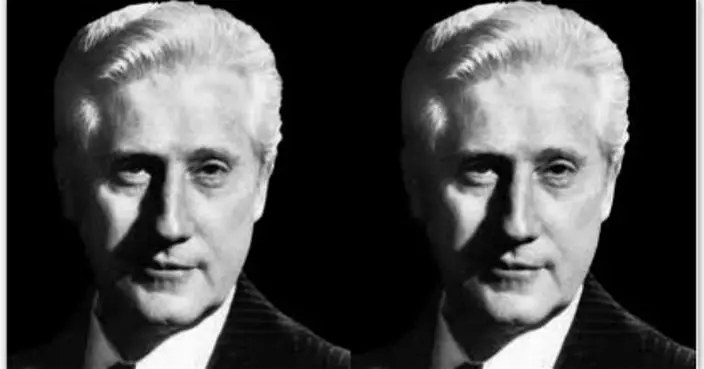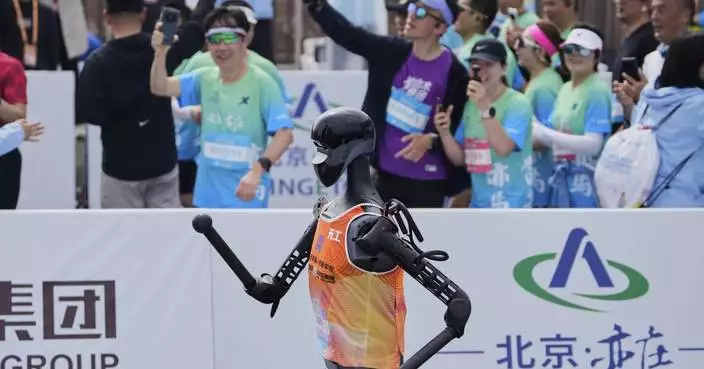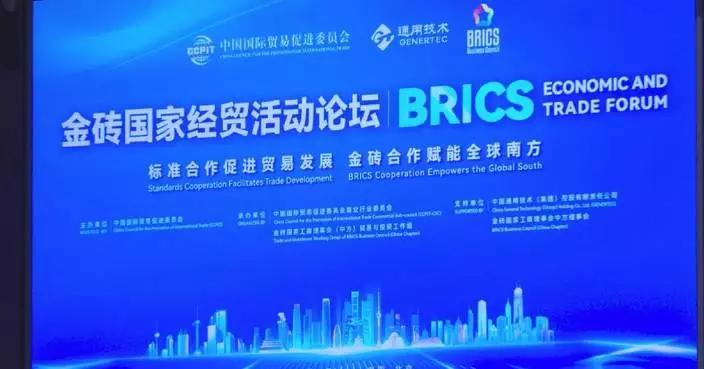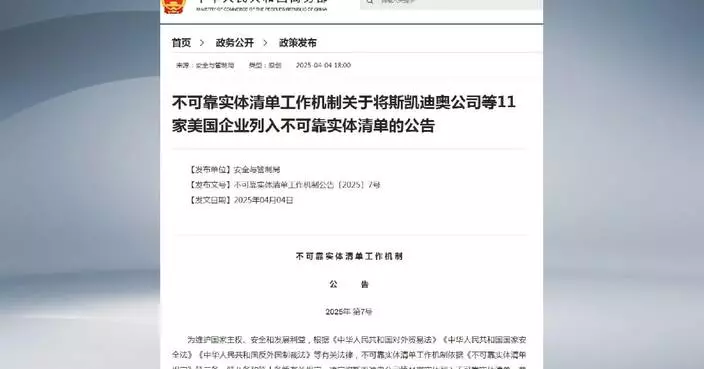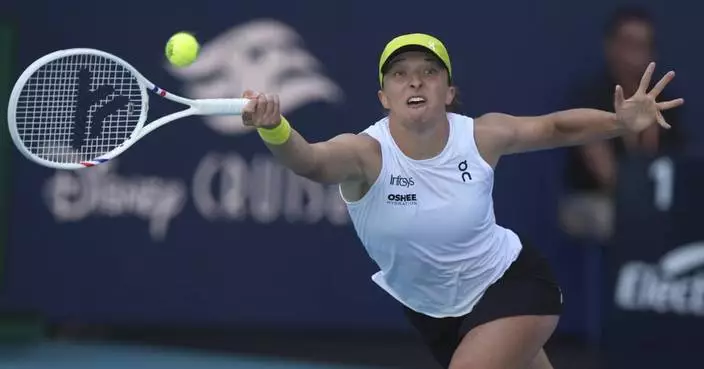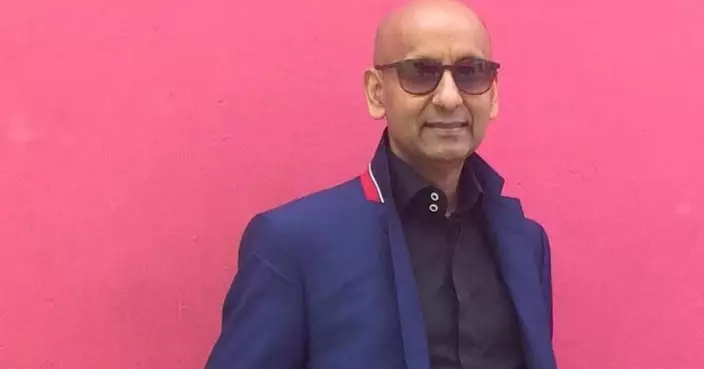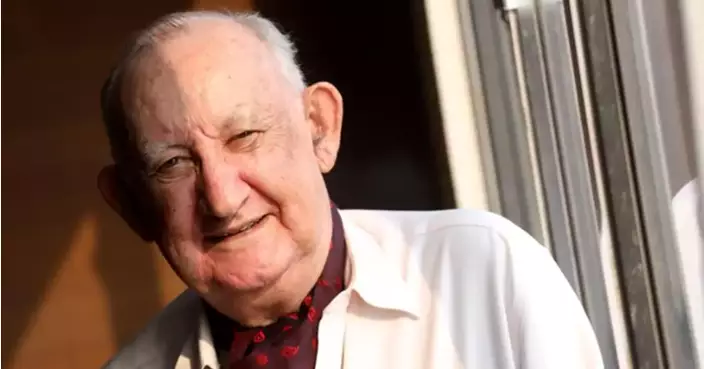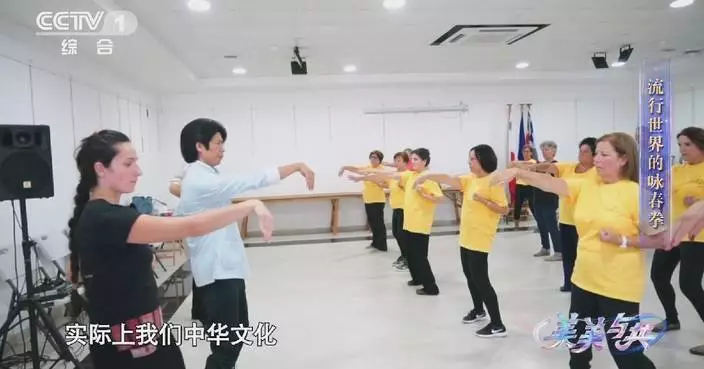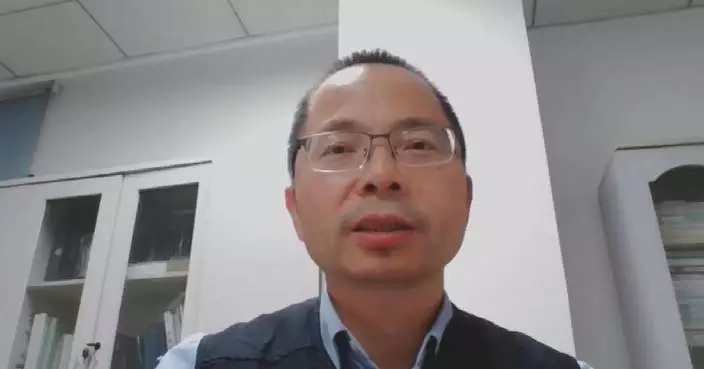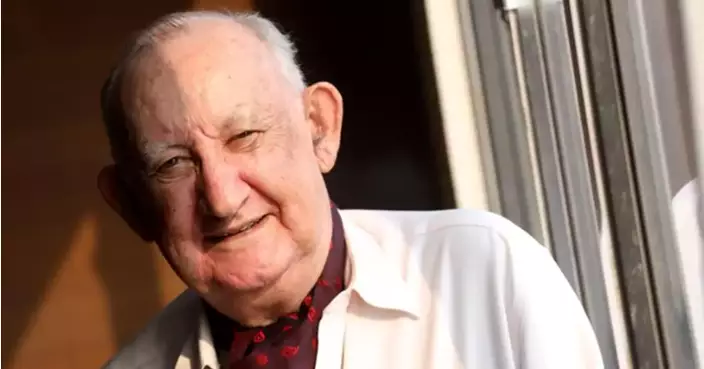The $2.8 billion legal settlement designed to reshape college sports is now before a federal judge for a final decision.
Attorneys who hashed out the House settlement filed a brief that did not include changes urged by U.S. District Court Judge Claudia Wilken regarding team roster limits, saying such a late change to that rule would create havoc.
The plan on the table, the attorneys said, “is a vast improvement over the status quo” and they offered only a few tweaks to the sprawling deal announced last year that will clear the way for schools to begin sharing millions in revenue with their athletes and pay hundreds of millions more to former and current athletes who said they were illegally prevented from earning money.
The filing came late Monday in response to Wilken's suggestion last week that the terms of the roster limit rules be adjusted “to grandfather in a group of rostered people” set to lose their spots on teams if the caps come into play.
The defendants — the NCAA and the nation's five largest conferences — said such a move would “cause significant disruption.” They said countless roster moves have already been made in anticipation of the settlement going into effect on July 1.
“These decisions, in turn, cascaded into tens of thousands of decisions by individual student-athletes,” the attorneys said. “Many kept their pre-existing roster spots (and may now receive scholarships), because the roster limits were designed to capture the average number of participants across a season and thereby minimize disruptions from the transition. Some transferred to new schools to seek roster spots and enhanced opportunities for athletic competition. ... while implementing a ‘grandfather’ provision might benefit some athletes, it would, at the same time, upset the settled expectations, enrollment decisions and other preparations of numerous other student-athletes and member institutions.”
Wilken has already granted preliminary approval of the settlement and called it a “good” deal, if imperfect. In addition to asking for Monday's adjustments from attorneys on both sides of the case, Wilken asked for objectors to respond to the new brief on Tuesday and she received several.
One attorney said the settlement had ignored Title IX and thus committed a “1.1-billion-dollar error in calculation of damages that must be addressed” while a letter on behalf of Temple gymnast Emma Reathaford said the deal violates prohibitions against harming class settlement members and, if approved, "will force schools who waited for the final approval order to unilaterally and unfairly cut thousands of athletes from their rosters without recourse."
Attorneys expect Wilken's final decision on the settlement to come in a matter of weeks.
In what was supposed to be the final hearing a week ago, more than a dozen athletes and their lawyers outlines their objections to the terms.
Of all the arguments over the deal, which sets a template for schools to pay athletes directly for use of their name, image and likeness and outlines $2.78 billion in back pay to athletes who played before NIL, those about roster limits appeared to make the biggest impact on Wilken.
Under current rules, schools must adhere to a scholarship limit in each sport, but there are no roster limits. There are spots for walk-ons and partial scholarship recipients, all of whom can later qualify for aid.
The new rules propose roster limits and make everyone eligible for scholarships. It could increase the total amount of aid available but is expected to cost athletes thousands of roster spots across the country as schools look to cut expenses to absorb higher costs.
One example: Some women's swim teams currently divide 14 scholarships among 40 or more athletes. Under the new rules, most rosters would be capped at 30, but all those players could receive full rides.
Wilken said figuring out a way to delay implementation wouldn't be that expensive and “would save a lot of good will and angst and unhappiness from a lot of students and their parents, so why not just do it?”
In their filing, attorneys said it would be too “unworkable,” with athletes perhaps seeking to start over after making a change: “And every additional ‘round’ of re-dos permitted would create a new set of potentially affected student-athletes who might want re-dos themselves; with thousands if not more individual decisions having been made on the understanding the roster limits would likely go in effect in less than three months.”
The brief also argued that one of the most overlooked parts of the roster limits is how much more aid would go to athletes.
“Indeed, while it is unfortunate that a small number of athletes may ultimately have lost roster spots as a result of the settlement, the settlement afforded them an opportunity to compete for scholarships (or larger scholarships) and additional compensation and benefits that were not previously available,” they attorneys wrote.
The brief sought to address other concerns of the judge:
— By agreeing to clarify that future Division I athletes -- they are covered under the 10-year term of the settlement even if they are not yet in college -- will have a chance to object to the deal and not release any claims until they have a chance to be heard or until their 60-day objection window ends. The defendants are hoping to avoid an endless series of court challenges over the same issues of athlete compensation.
“College sports would be entirely unmanageable if individual future college athletes (or groups of future athletes) pursued different types of injunctive relief year over year over year,” the filing said. The settlement “works only if it is durable and applicable to all current and future class members.”
— By addressing what some objectors said were glitches in the system athletes use to calculate damages claims and asking the judge to OK a claims extension to May 16. A week ago, LSU gymnast and influencer Olivia Dunne told Wilken that the settlement hardly acknowledges her true value and potential earning power; the Monday filing said she would be among those receiving an updated allocation.
AP college sports: https://apnews.com/hub/college-sports
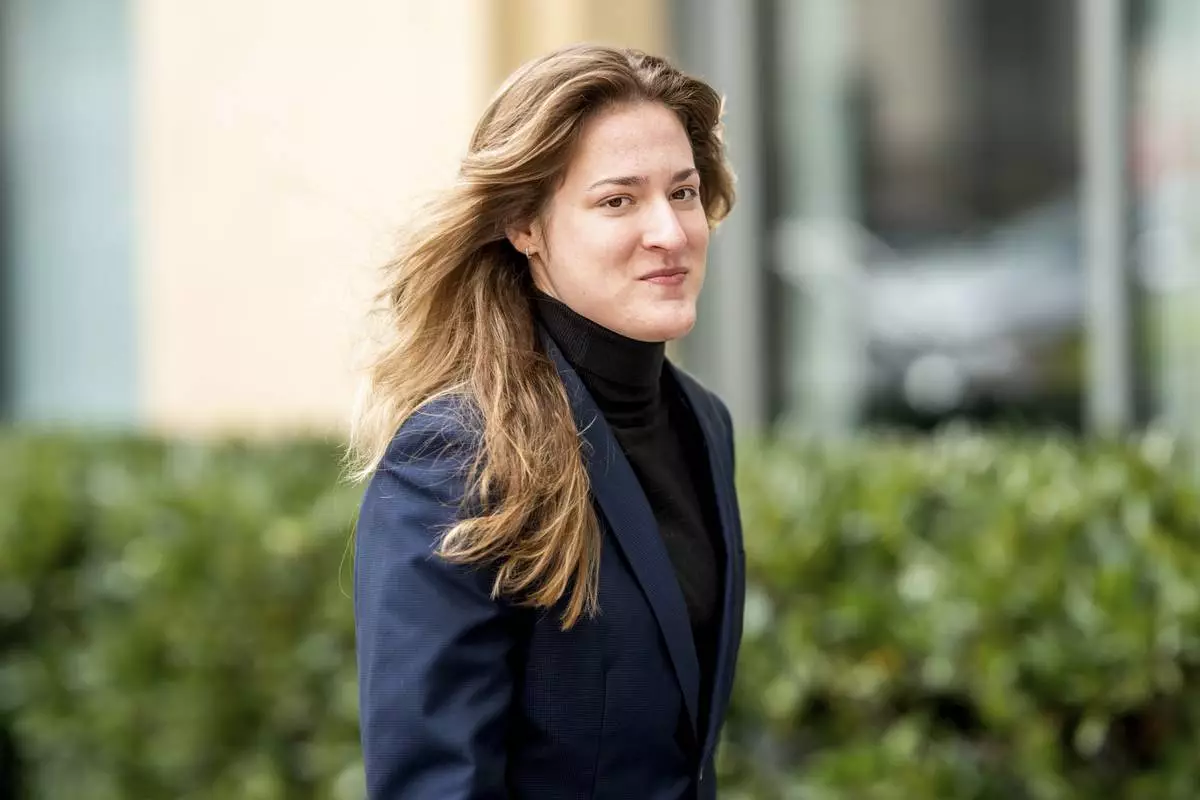
College basketball player Sedona Prince arrives at federal court for a hearing for a landmark $2.8 billion settlement impacting NCAA college athletics on Monday, April 7, 2025, in Oakland, Calif. (AP Photo/Noah Berger)

Attorney Steve Berman arrives at federal court on Monday, April 7, 2025, in Oakland, Calif. (AP Photo/Noah Berger)
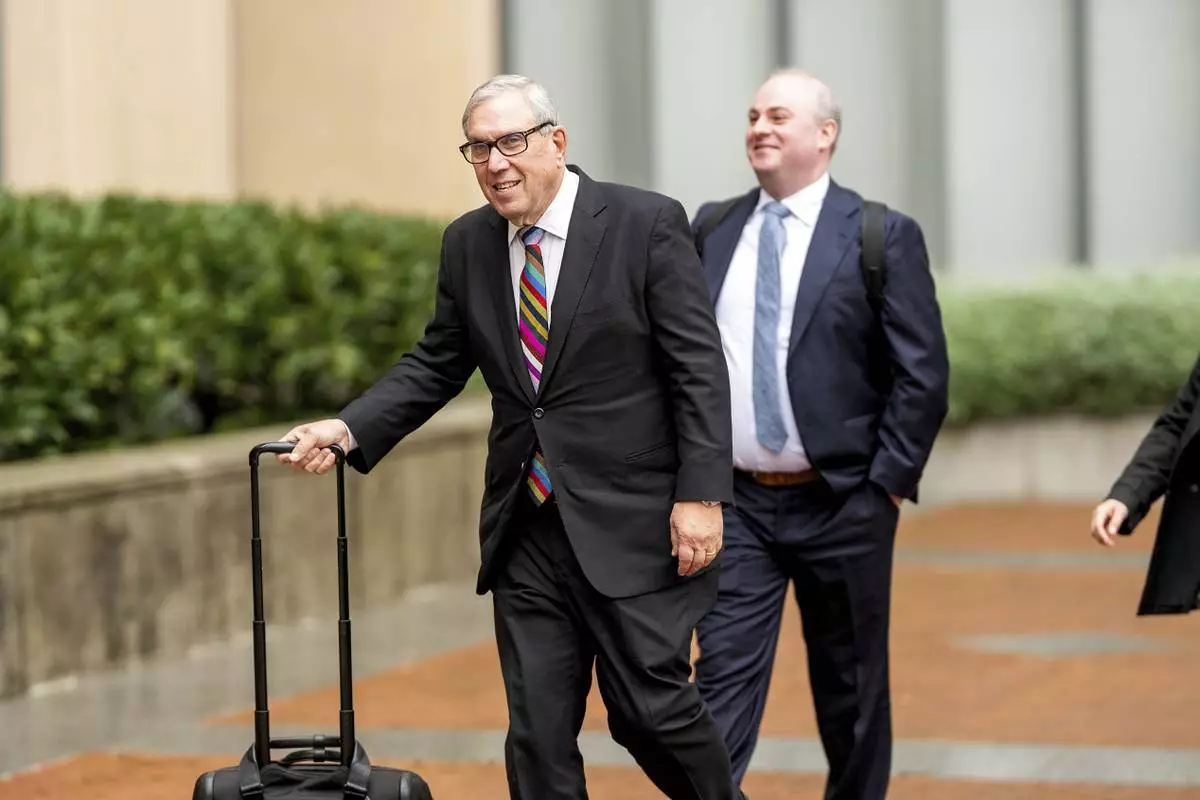
Attorney Jeffrey Kessler arrives at federal court on Monday, April 7, 2025, in Oakland, Calif. (AP Photo/Noah Berger)
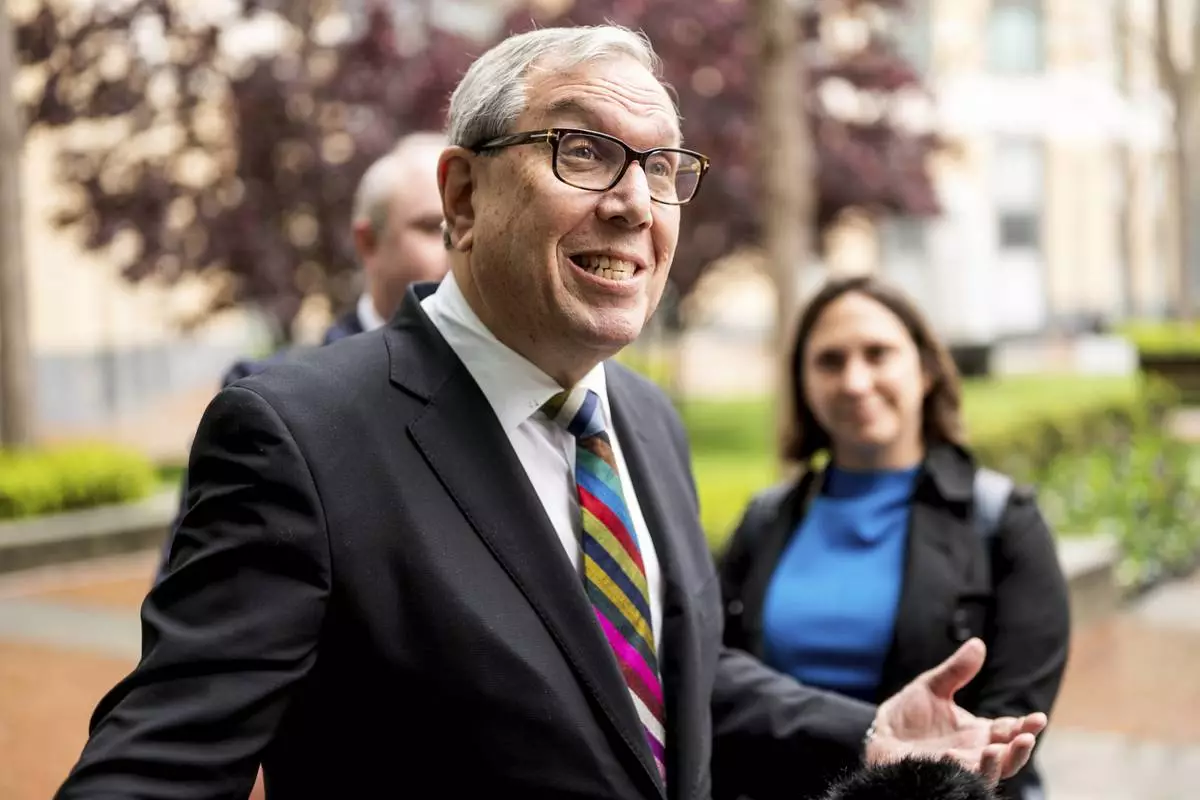
Attorney Jeffrey Kessler arrives at federal court on Monday, April 7, 2025, in Oakland, Calif. (AP Photo/Noah Berger)










